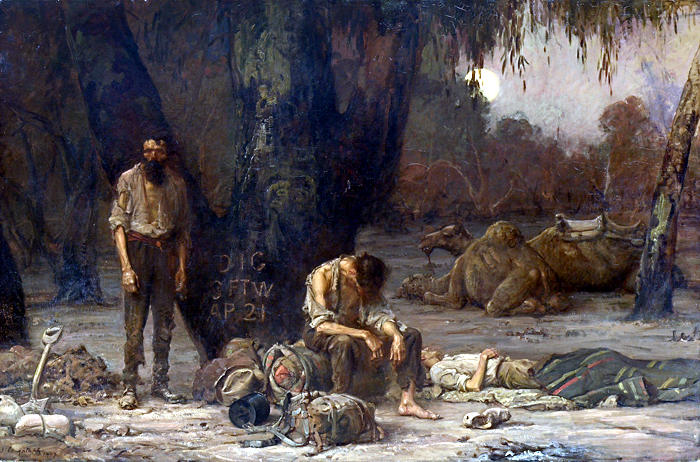Rejection letter sent by the University of Portland’s Portland Magazine, devised by editor Brian Doyle:
Thank you for your lovely and thoughtful submission to the magazine, which we are afraid we are going to have to decline, for all sorts of reasons. The weather is dreary, our backs hurt, we have seen too many cats today and as you know cats are why God invented handguns, there is a sweet incoherence and self-absorption in your piece that we find alluring but we have published far too many of same in recent years mostly authored by the undersigned, did we mention the moist melancholy of the weather, our marriages are unkempt and disgruntled, our children surly and crammed to the gills with a sense of entitlement that you wonder how they will ever make their way in the world, we spent far too much money recently on silly graphic design and now must slash the storytelling budget, our insurance bills have gone up precipitously, the women’s basketball team has no rebounders, an aunt of ours needs a seventh new hip, the shimmer of hope that was the national zeitgeist looks to be nursing a whopper of a black eye, and someone left the toilet roll thing empty again, without the slightest consideration for who pays for things like that. And there were wet towels on the floor. And the parakeet has a goiter. And the dog barfed up crayons. Please feel free to send us anything you think would fit these pages, and thank you for considering our magazine for your work. It’s an honor.
From Letters of Note.










